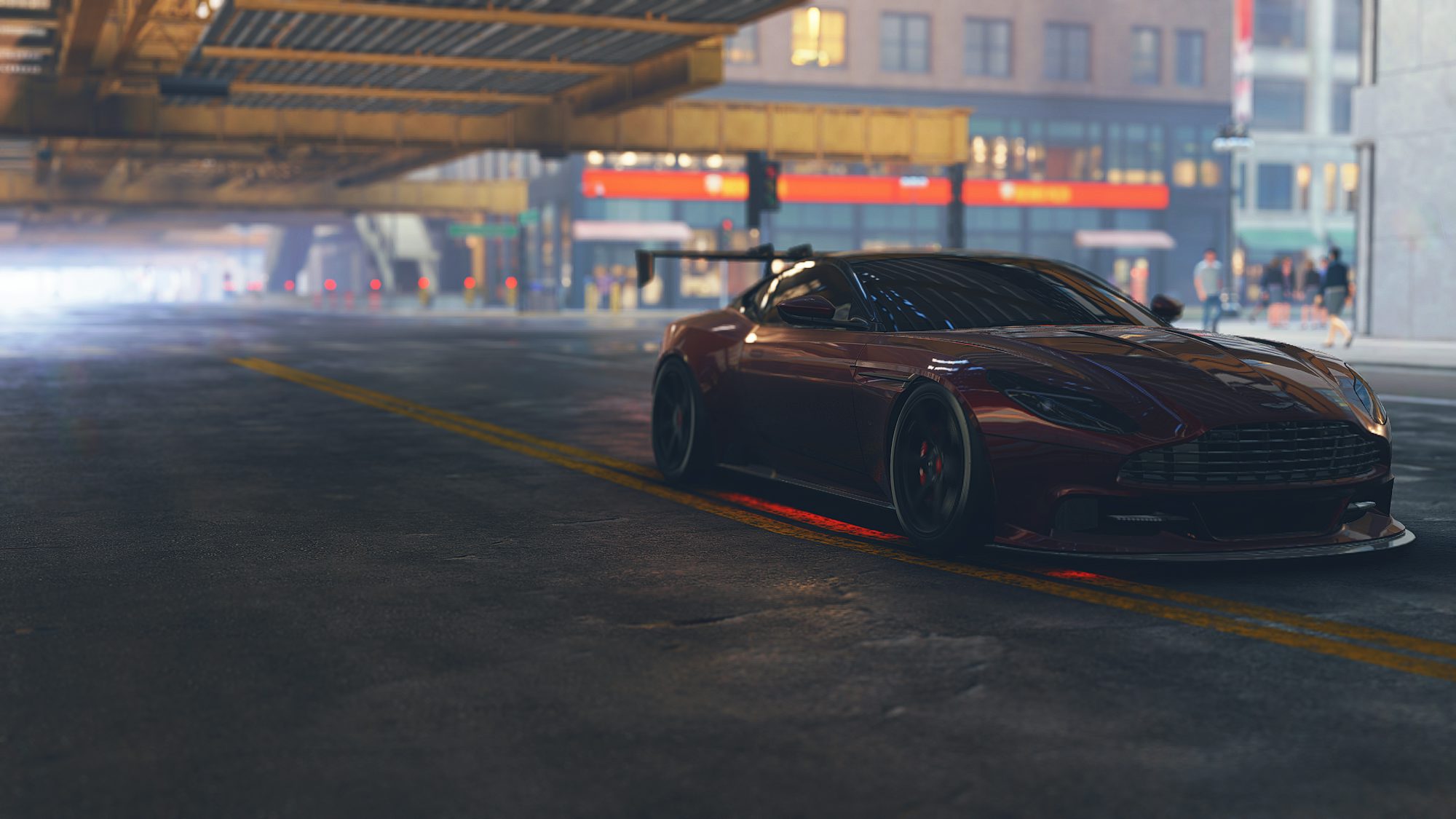Auto changes in 2025
This article explores the intricate balance of art and engineering in supercar design, highlighting the new car models. factors that contribute to their performance, Auto aesthetics, and innovation. automotive news
At the heart of any supercar lies a profound understanding of engineering principles. From the moment a concept begins to take shape, engineers and designers work together to ensure that performance is never compromised. This collaboration is critical, as the very essence of a supercar hinges on its ability to deliver speed, handling, and power. Key elements such as aerodynamics, weight distribution, and chassis design are meticulously calculated to optimize performance. For instance, the aerodynamic profile of a supercar is not merely a design choice; it is a crucial factor that affects how the vehicle interacts with the air at high speeds. Brands like Bugatti have mastered this science, creating vehicles like the Chiron that achieve remarkable top speeds while maintaining stability.
Aerodynamics plays a pivotal role in the design process, as it directly impacts not only speed but also fuel efficiency. Every curve and contour of a supercar is purposefully crafted to reduce drag and enhance downforce. Designers use advanced computer simulations and wind tunnel testing to refine their creations, ensuring that each design choice contributes to optimal performance. The result is a car that not only looks stunning but also performs flawlessly on the track. For example, the active aerodynamics of the McLaren P1 allow it to adjust its wing and airflow management systems based on driving conditions, showcasing the seamless integration of form and function.
Weight is another critical factor in supercar design. The trend toward lightweight materials such as carbon fiber and aluminum has transformed the industry. These materials provide the strength necessary for high-performance vehicles while significantly reducing weight. The McLaren 720S, for instance, utilizes a carbon fiber monocoque chassis, which enhances rigidity and performance without adding unnecessary bulk. This focus on weight reduction allows supercars to accelerate faster, handle better, and improve overall efficiency, highlighting the importance of material choice in the design process.
However, while performance and engineering are essential, the aesthetic aspect of supercar design cannot be overlooked. The visual appeal of a supercar often captivates enthusiasts even before they experience its performance capabilities. Designers draw inspiration from various sources, including nature, architecture, and even art. The iconic lines of a Ferrari or the aggressive stance of a Lamborghini are not just functional; they evoke emotion and convey a sense of power and speed. This emotional connection between the car and the driver is a significant part of what makes supercars so desirable.
Color and finish also play a crucial role in the overall aesthetic of a supercar. Many manufacturers offer bespoke color options and unique finishes that allow owners to personalize their vehicles. For example, the striking colors of Pagani supercars, such as the Huayra, are often complemented by intricate detailing that showcases the craftsmanship involved in their creation. The use of high-quality paints and finishes enhances the visual impact of these vehicles, making them stand out on the road and at events.
Moreover, the interior design of supercars is equally important in delivering a luxurious experience. High-end materials such as leather, carbon fiber, and aluminum are often combined to create an environment that exudes sophistication. The layout of controls and displays is carefully considered to ensure that drivers have easy access to essential functions without compromising the driving experience. Models like the Aston Martin Vantage provide a perfect example of how interior design can enhance both comfort and functionality, marrying performance with luxury.
In recent years, technology has also transformed supercar design. The integration of advanced infotainment systems, connectivity features, and driver assistance technologies has become increasingly common. Manufacturers are now equipping their vehicles with cutting-edge displays that provide drivers with real-time data, navigation, and entertainment options. This blend of technology and design enhances the overall driving experience, making it more intuitive and enjoyable. The Lamborghini Huracán, for instance, features an advanced touchscreen interface that allows drivers to customize their settings and access performance data with ease, demonstrating how technology can complement design.
Looking to the future, the world of supercar design is poised for even more exciting developments. The shift toward electrification and sustainability is encouraging manufacturers to rethink traditional design paradigms. As electric and hybrid supercars gain traction, designers are exploring new ways to enhance performance while minimizing environmental impact. The Rimac Nevera, for example, showcases the potential of electric technology, boasting an impressive 1,914 horsepower while being completely emissions-free. This shift in focus will undoubtedly influence future design choices, as manufacturers strive to create vehicles that align with evolving consumer values.
Additionally, the advent of advanced manufacturing techniques, such as 3D printing, is revolutionizing the design process. These technologies allow for greater customization and innovation, enabling designers to create complex shapes and structures that were previously unattainable. As this technology becomes more accessible, we can expect to see even more unique and groundbreaking supercar designs emerge in the coming years.
In conclusion, the art and science of supercar design is a fascinating interplay of engineering, aesthetics, and innovation. From aerodynamics and weight management to the emotional connections forged through design, every aspect of a supercar is carefully considered to create a remarkable driving experience. As the automotive industry continues to evolve, so too will the designs of these extraordinary vehicles, ensuring that supercars remain at the forefront of performance and creativity. The future of supercars promises to be an exciting journey filled with advancements that will redefine our understanding of speed, luxury, and sustainability.